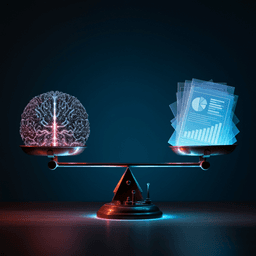
Earth Sciences
A machine learning estimator trained on synthetic data for real-time earthquake ground-shaking predictions in Southern California
M. Monterrubio-velasco, S. Callaghan, et al.
Uncover the future of earthquake impact assessments! This study reveals how Machine Learning strategies, developed by Marisol Monterrubio-Velasco and colleagues, can significantly enhance ground shaking map estimations post-earthquake, making traditional methods a thing of the past.
~3 min • Beginner • English
Related Publications
Explore these studies to deepen your understanding of the subject.







